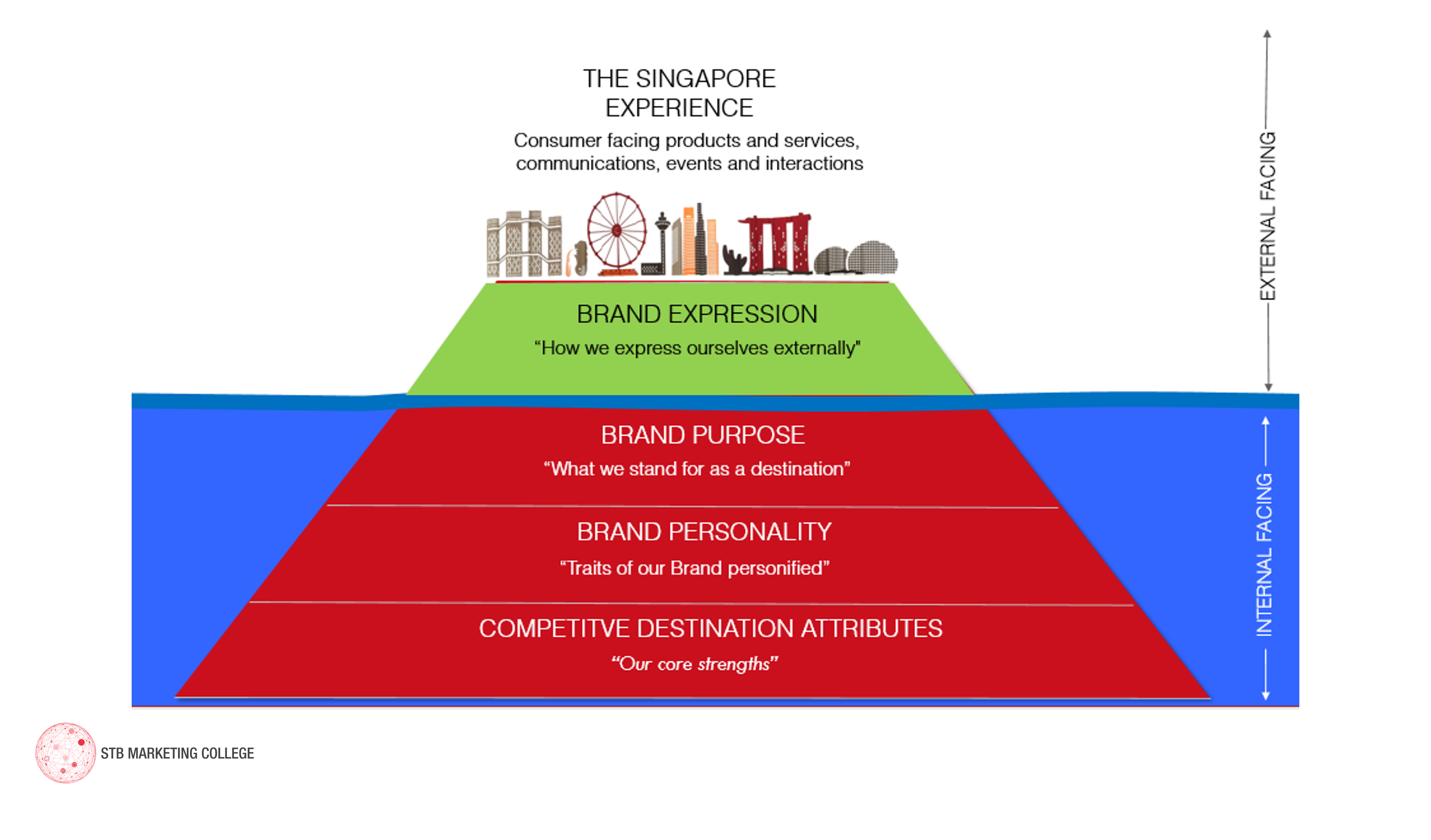
A strong brand is easily recognised, encourages customer loyalty and can command higher premiums - think about how you would buy your favourite drink even if it may cost more than another brand. This "stickiness" that brands create often stems from their distinctive product features or a strong brand purpose that consumers resonate with.
What is brand purpose?
Brand purpose refers to a brand’s reason for being and its relevance to the world. Strong brands are directed by their purpose and have clarity on who and what they want to serve. In an 8-minute video, see how Airbnb evolved to be a strong brand after nailing their brand purpose.
How would you articulate your brand purpose in one statement? A clearly articulated brand purpose can drive a strong brand positioning to occupy a unique space in people's hearts and minds.
What is brand positioning?
Brand positioning is an articulation of what your brand stands for. It is typically expressed through a framework with key pillars that comprise the brand. Great brand positioning clarifies what the brand stands for, guides decision-making, ensures the brand leaves a distinctive impression on consumers and helps multi-functional teams deliver a consistent customer experience. Eventually, it creates "stickiness" with your consumers, making them repeat customers or advocates for your brand that drive financial growth.

Test your brand positioning's strength with the following checklist:
- Desirable: meets a segment need that is grounded in insight
- Differentiated: offers something unique that no competitor does
- Deliverable: provides practical benefits that can be delivered
- Enduring: has a 'foot in the present and an eye on the future'
- Engaging: connects both rational 'head' and emotional 'heart'
- Directional: provides clear guidelines for brand development
How might a brand positioning look like?
STB uses a brand island as its brand positioning. It reminds us that we are fundamentally supported by our competitive destination attributes, followed by brand personality and brand purpose. Use these components to systematically think through how they work together to form the brand expression, which is observed in consumer-facing products, services, communications, events and interactions.

This brand positioning shapes our marketing campaigns, making them distinctive to stand out from competition. At the same time, marketing campaigns have to be rooted in consumer understanding and be positively memorable. Put together, they make a good experience for consumers and contribute to the growing strength of a brand


